Stunning mosaics shed light on enigmatic past of Roman city in southern France
Until now, the city of Ucetia was only known by name and by a few isolated mosaic fragments.
Archaeologists have unearthed part of an ancient Roman city in southern France, known as Ucetia. To date, the settlement had only be known by name, and this is the first time that some of its impressive features have come to light.
The excavations began in October 2016 at the request of the French state, after local authorities bought land near the modern-day city of Uzes (near Nimes) to build a boarding school and a canteen. A team led by Philippe Cayn from the French National Institute for Preventive Archaeological Research (INRAP) excavated the 4,000m sq site, to make sure construction works wouldn't destroy any major artefacts. In the process, the researchers shed a light on the mysterious past of the Roman city of Ucetia.
"Prior to our work, we knew that there had been a Roman city called Ucetia only because its name was mentioned on stela in Nimes, alongside 11 other names of Roman towns in the area. It was probably a secondary town, under the authority of Nimes. No artefacts had been recovered except for a few isolated fragments of mosaic", Cayn told IBTimes UK.
The archaeologists found that the site had been occupied from the 1st century BC to the late Antiquity (7th century AD), with an interruption in the 3rd and 4th century, which they haven't been able to explain. They also identified building remains from the Middle Ages, although these were more rare.
The team discovered a large wall and many structures dating to just before the Roman conquest. This includes a room where a bread oven was set up, and later replaced with a dolium – an enormous ceramic container.

These structures would have stood inside the walls the ancient city of Utecia. The complex network of communication routes and the organisation of the buildings suggest this was the centre of the Roman town and not another, separate site.
Unique mosaic
However, the most stunning find to date is that of a complex mosaic pavement, on the floor of a room, inside a large 250m sq building with a colonnade. It dates back to the early stages of the area's urbanisation – the building is thought to have been used until the end of the 1st century AD.
The archaeologists have identified two large mosaics decorated with traditional geometric motifs framing two central medallions composed of crowns, rays and chevrons. One of the medallions is surrounded by polychrome animals – an owl, a duck, an eagle and a fawn.
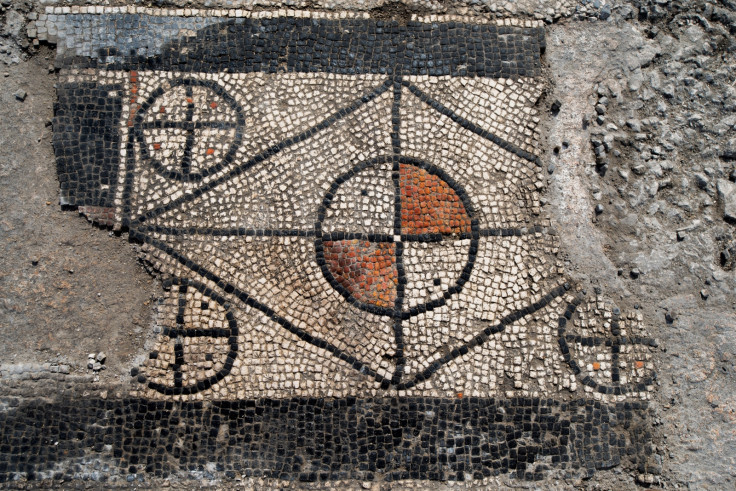
"This mosaic is very impressive because of its large size, its good state of conservation and the motifs which combine classical geometric shapes and with animals. This kind of elaborate mosaic pavement is often found in the Roman world in the 1st and 2nd centuries, but this one dates back to about 200 years before that, so this is surprising", Cayn pointed out.
What kind of building the mosaics were found in is still unclear. The colonnade points to the fact it was probably a public building. However, the archaeologists have not yet discarded the hypothesis that the mosaic pavement formed part of a private home. "True, not that many people would have been able to live in such a large building. But it's possible that the owner of these mosaics was quite rich. He probably would have had them placed in a reception room, to impress visitors and show the extent of his wealth", Cayn added.
The excavations will continue at the site until August 2017.
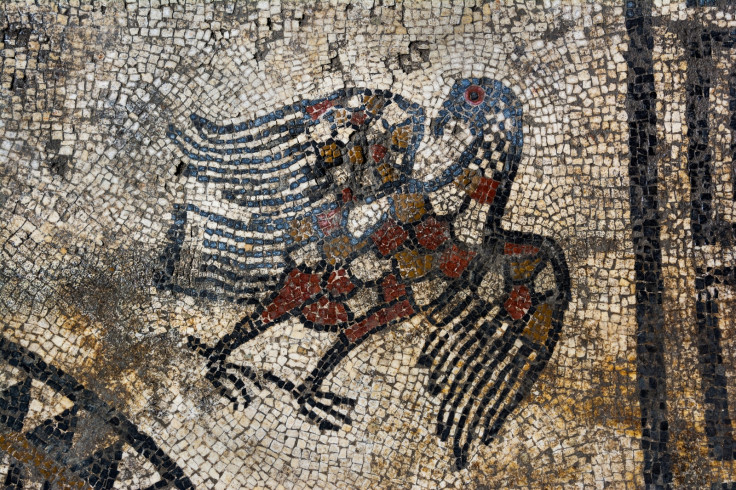
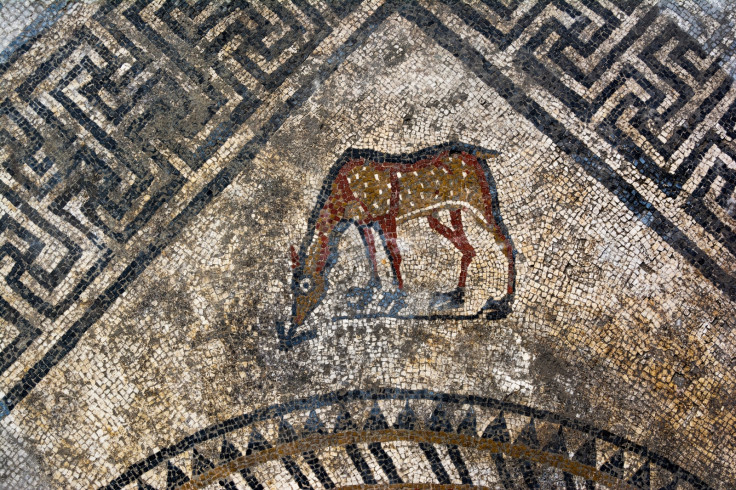
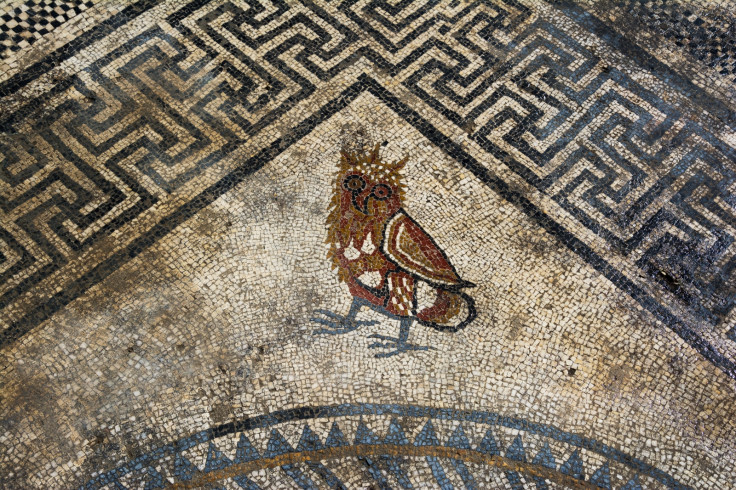
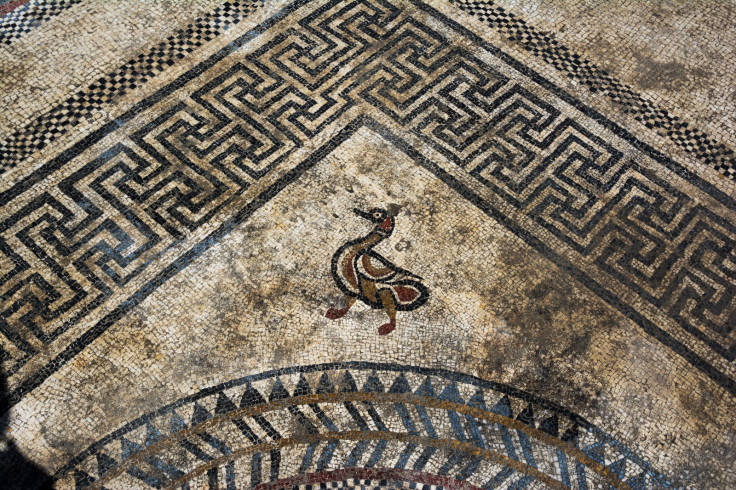
© Copyright IBTimes 2025. All rights reserved.






















